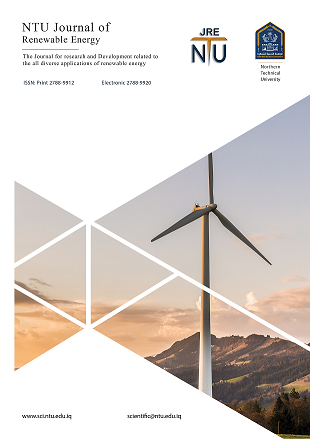Assessment of Landslide Hazards Using GIS-Based Techniques: An Overview 2000-2020
DOI:
https://doi.org/10.56286/ntujre.v4i1.407Keywords:
GIS, Landslides, Review, HazardAbstract
Landslides considers one among the most popular dangerous natural calamities in environment, causing widespread social, economic, and environmental damage. Landslide result from rock's movement, soil, or debris on the ground a sloped area of terrain. According to geologists, who study the physical formations of the Earth the landslides are one sort of mass wasting. Moreover, zoning for landslide susceptibility, that has become popular in recent decades for the prediction landslide areas and manage land usage. The most important goal of this research is to introduce the main techniques that was used to evaluate landslides between the years 2000 and 2020. The findings revealed that the published researches have been discuss different techniques in statistical and analytical ways depending on the different variables and impacts. Moreover, the majority of prevalent procedure for determining vulnerability to landslides are: the Logistic regression with 20.49 % from total publication, Frequency ratio with 13.66%, Artificial neural network and Weights-of-evidence were about 9 % from the total articles publications with direct or indirect integration with geographical information system (GIS). The finding also revealed that the statistical methods were employed in 69.56 % of studies on the susceptibility to landslides, and Heuristic models were 24.45 %, and the articles based on models predetermined were 10.70 % of published articles of landslide applications.
Downloads
Published
Issue
Section
License
Copyright (c) 2023 NTU Journal of Renewable Energy

This work is licensed under a Creative Commons Attribution 4.0 International License.








